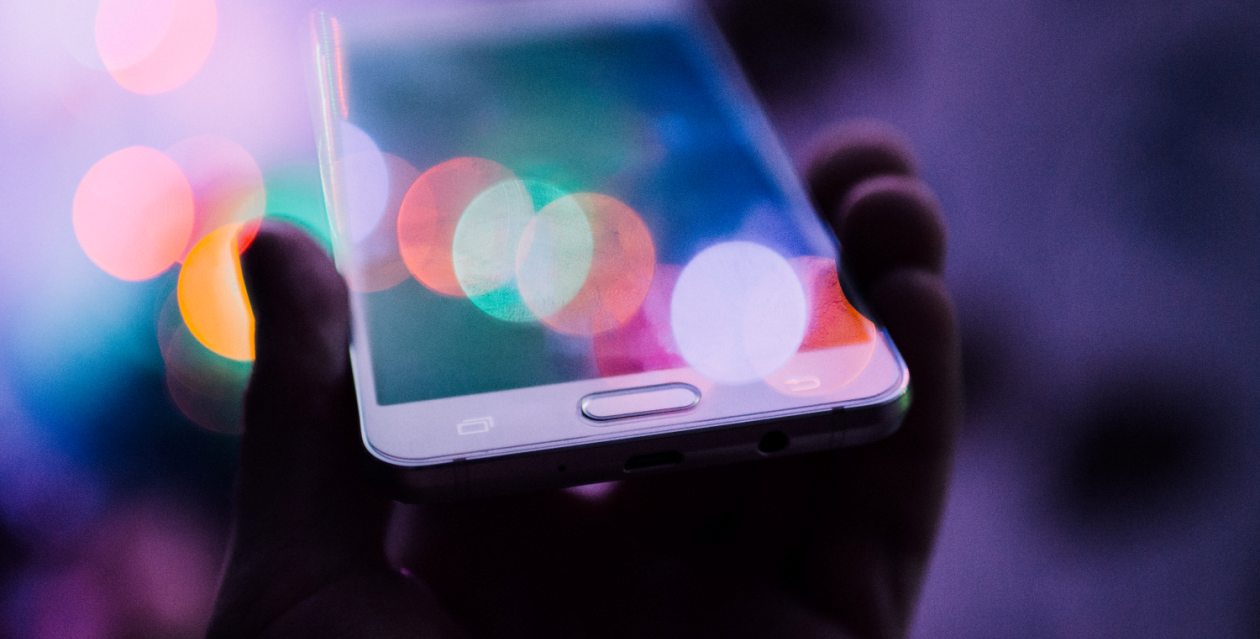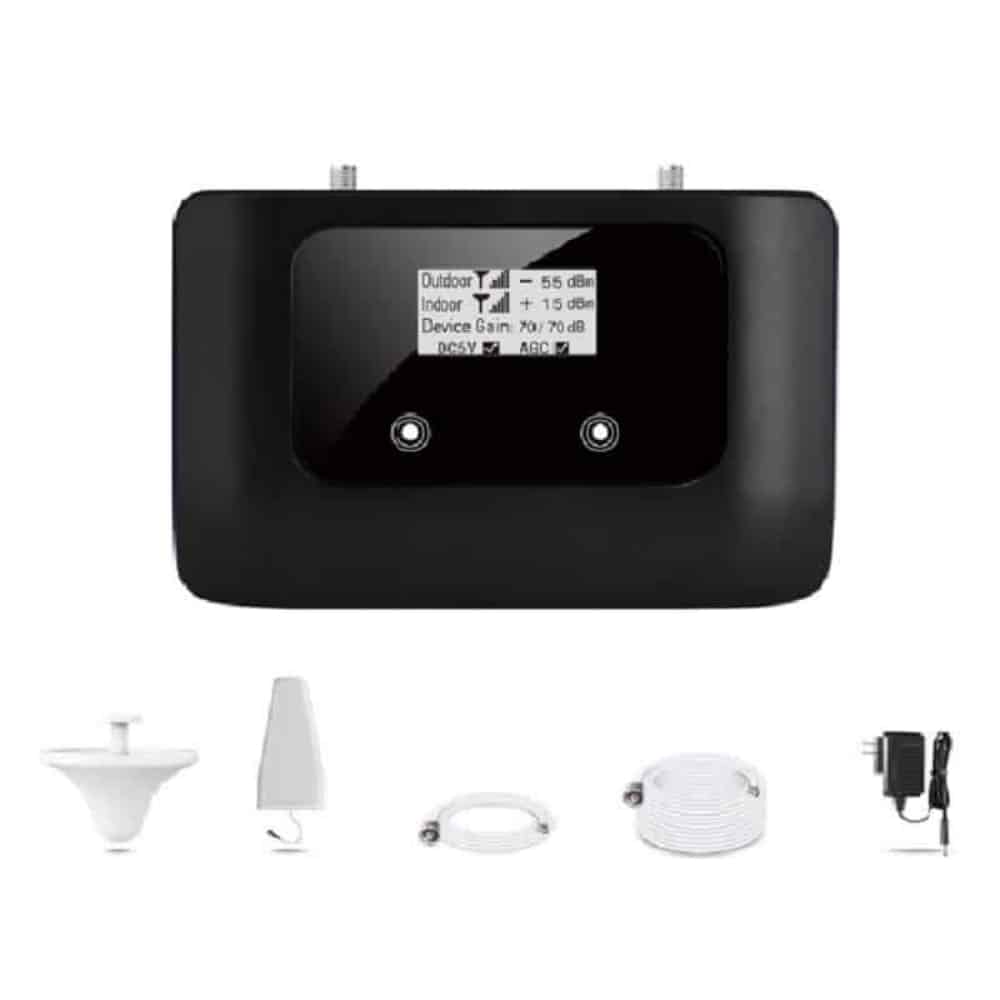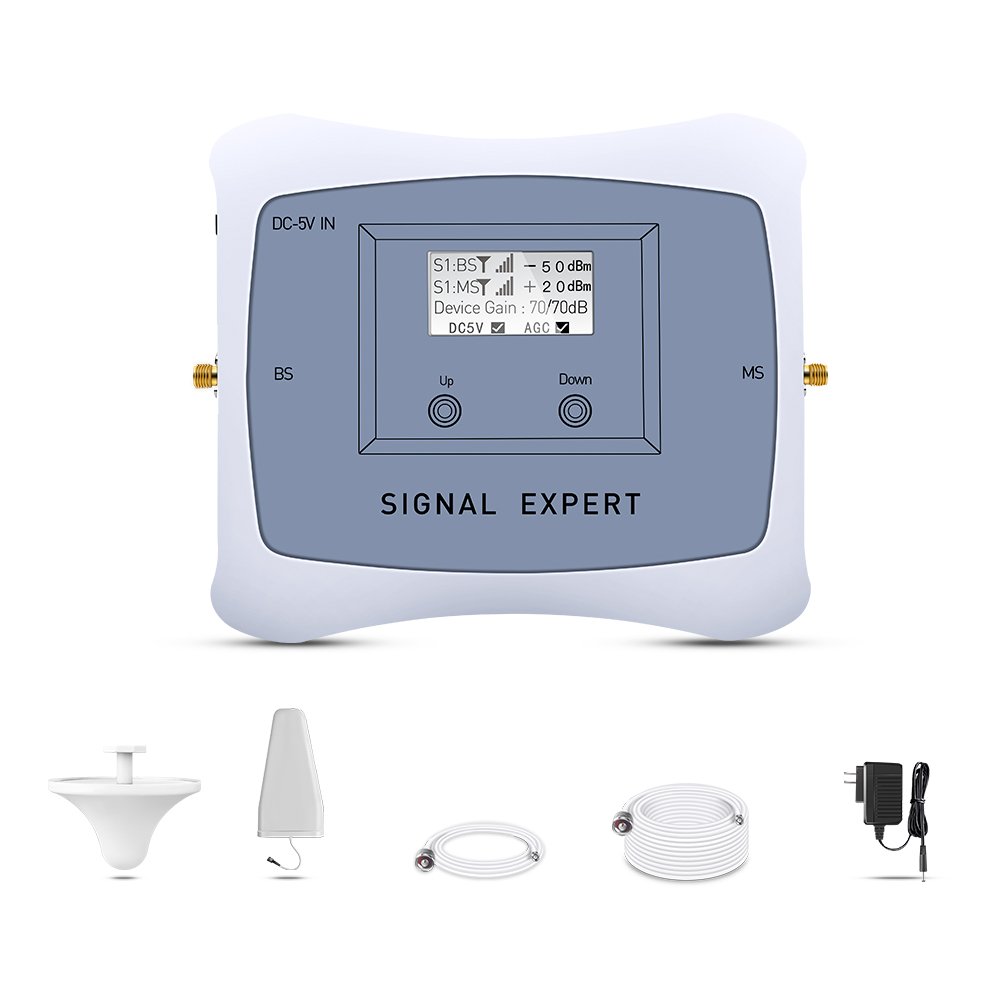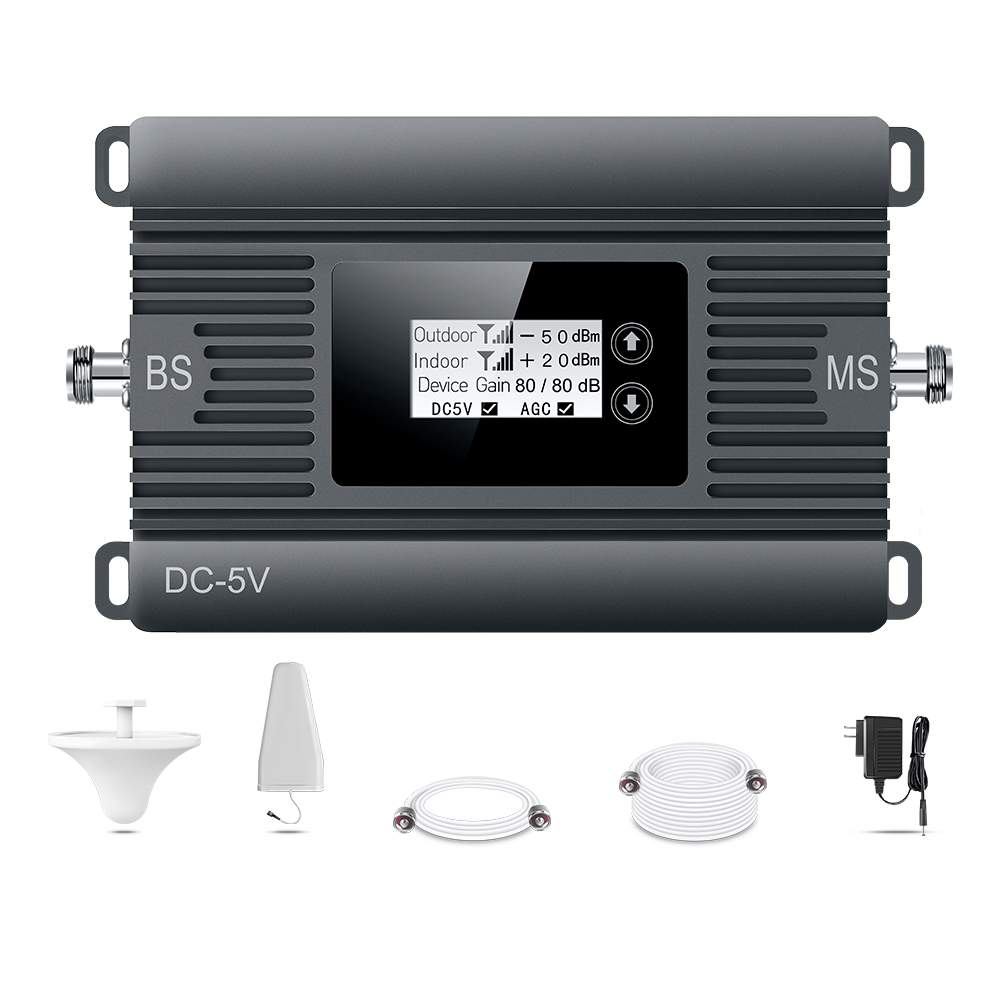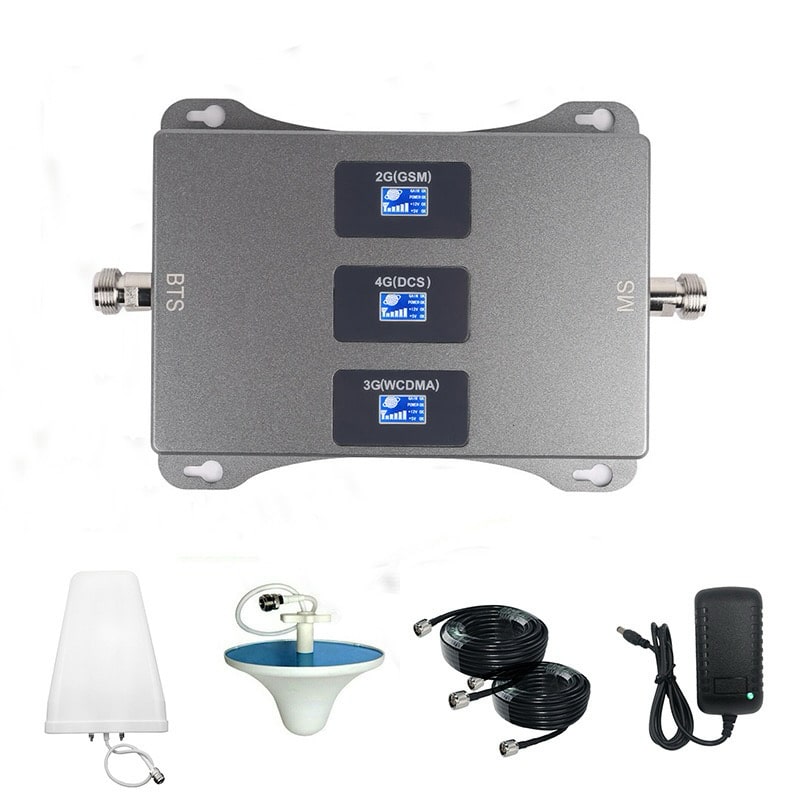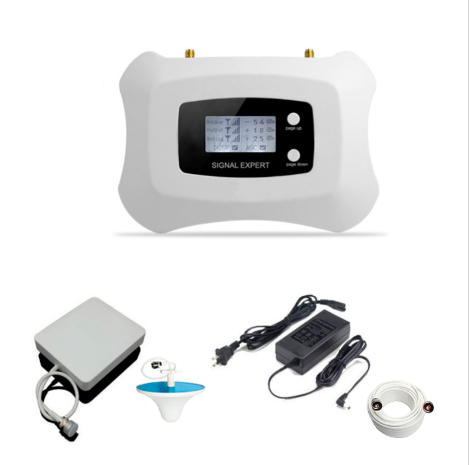Things You Need to Know About Cell Phone Signal Boosters
Nowadays, poor cellular service shouldn’t be an issue. If your network carrier fails to deliver a stable and strong transmission to your area or if there are obstacles that deteriorate a signal, you can just get one of the cell phone signal boosters and forget about a weak reception for good.
These cell phone signal boosters are pretty straightforward and easy to use. But it doesn’t mean that you can grab the first repeater that comes your way and expect it to work miracles. In fact, there are a few factors you need to consider when looking for cell phone signal boosters. Those including frequencies within your network, signal gain, and the desired coverage. Without further ado, let us explain how all these things affect a booster’s functionality.
Network Signal Frequencies
It goes without saying that your cell phone signal booster has to be compatible with your cellular network. More precisely, it must be able to capture the exact same frequencies that your carrier transmits.
For instance, if your 4G network utilizes 1800 MHz, your 4G signal booster must support 1800 MHz as well. You can easily find out about bands and frequencies that belong to your operator on its official website. Or use cell phone frequency lookup services, or even install a special app on your phone. You should be very careful though since the majority of providers use multiple bands within their networks.
For instance, high-frequency bands (such as 1800 MHz, 2100 MHz, 2400 MHz, 2600 MHz, and so on) are widespread in densely populated areas. Each cell tower is able to serve twice as many subscribers as towers transmitting low-frequency signals. On the downside, these types of signals can travel only short distances from a transmitter.
For coverage in rural areas, cell phone carriers tend to lean on low-frequency transmission (900 MHz, etc.). These types of radio waves boast coverage of up to 35 km from a base station.
On top of that, the signals easily overcome obstructions. High-frequency waves struggle to penetrate through thick walls or bounce off surrounding buildings.
On the other hand, low-frequency cellular base stations can handle a limited number of simultaneously connected devices and mobile Internet they provide is noticeably slower.
So, if you’re looking for a cell phone signal booster, it’s not enough to specify the type of your network (3G or 4G) and carrier. You should also investigate which specific frequency is used in your area. Alternatively, you may go with a multi-band signal amplifier suitable for various frequencies bands (and various carriers as well).
dB Gain
The gain is the ability of a booster to receive a signal, isolate it from noise, and amplify it to the required level. The higher the gain, the greater the power that lies in an amplifier. When the original signal is weak (your phone shows 1-2 bars), you need to select a powerful repeater (featuring gain of at least 75-85 dB). If an outdoor reception is good enough (3-5 bars), amplifiers with gains of 55-65 dB will do nicely.
Output Power and Coverage
A repeater’s power directly affects coverage. For example, if you need to amplify signal in a small building, the output power of 12 dBm will suffice. If your floor area is from 400 to 700 sq. meters, you will need models featuring at least 20 dBm and 27 dBm respectively.
Please note that the strength of an incoming signal also affects the coverage. For instance, the coverage in the 2-bar zone will shrink significantly in comparison with 5-bar reception.
Mobile and Stationary Signal Boosters
A signal repeater is needed for a house or office since we spend most of our time there. To benefit from an enhanced signal, you need to install a repeater and internal antenna somewhere indoors while placing the donor antenna outdoors (because you can capture a good initial signal like that).
If you live alone, you can opt for a single-band signal booster. It works with a selected frequency of a specific network carrier. Along with that, there are models intended for vehicles (boats, cars, RVs, trucks, etc.).
They are smaller in size, less powerful (after all, they don’t need to cover a large floor area), and the external antenna is easily removable. We recommend using multi-band amplifiers since you’re likely to hit upon various frequencies when you travel.
